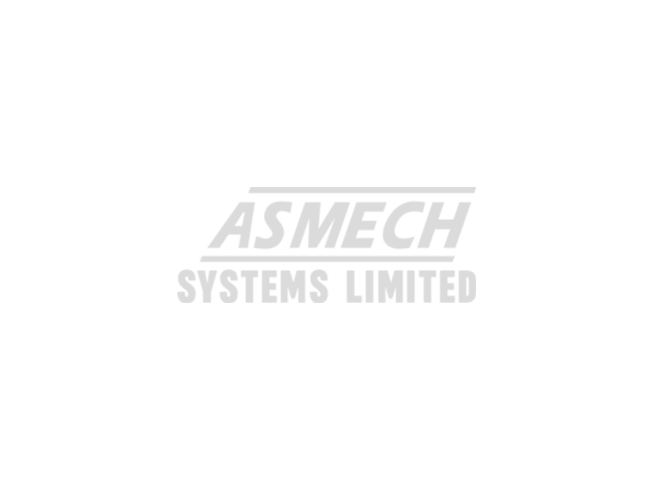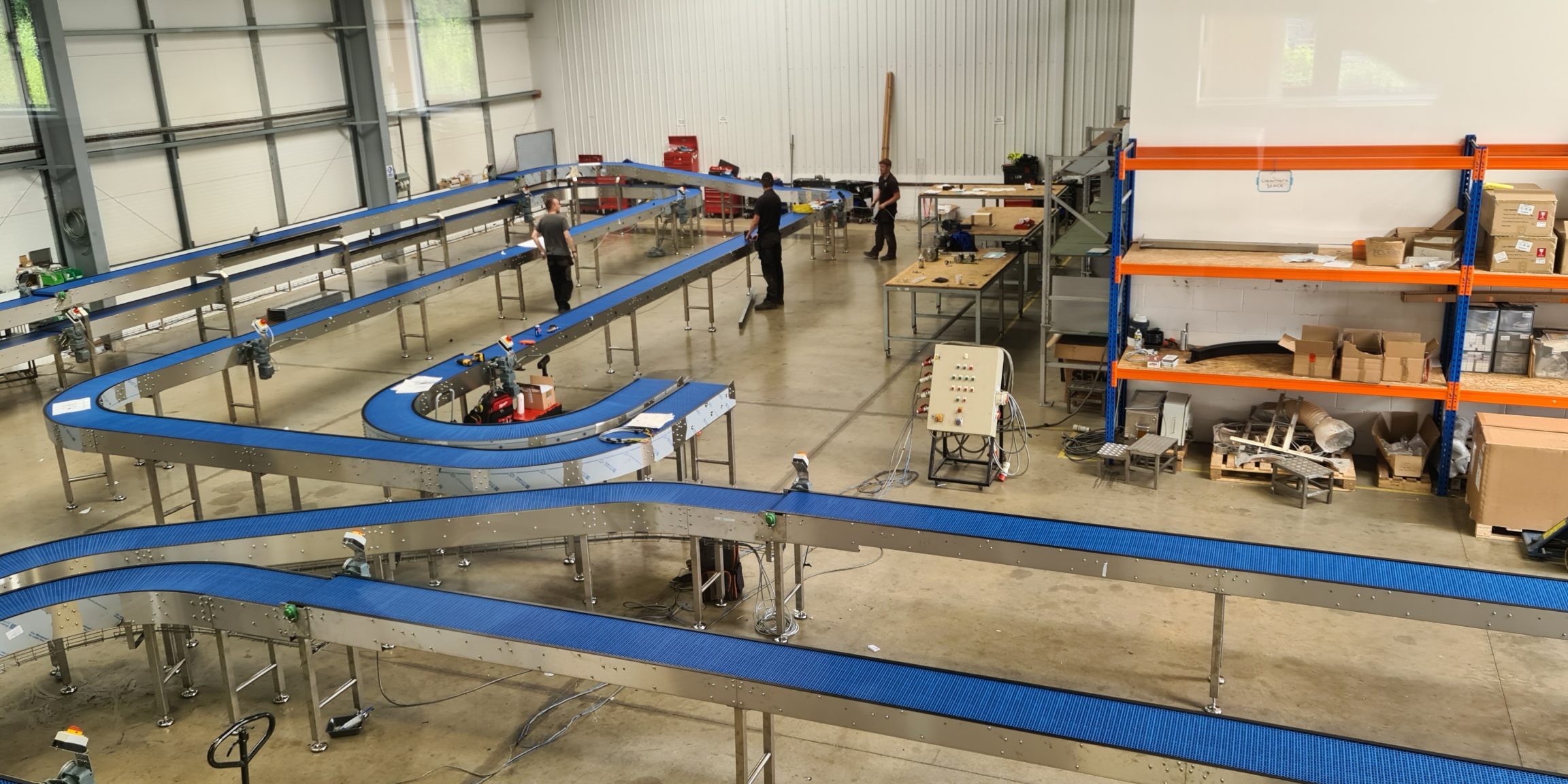A recent study shows the global market for Conveyor Systems is projected to reach $9 billion by 2025, driven by the strong focus shed on automation and production efficiency in the era of smart factory and industry
Automating labour intensive operations is the starting point for automation, and as the most labour-intensive process in manufacturing and warehousing, material handling is at the forefront of the automation pyramid. Defined as the movement of products and materials throughout the manufacturing process, material handling is labour intensive and expensive.
Benefits
Benefits of automating material handling include a reduced human role in unproductive, repetitive, and labour-intensive tasks and the ensuing freeing up of resources for other core activities. While also gaining greater throughput capability, better space utilisation, increased production control, inventory control, improved stock rotation, reduced operation cost, improved worker safety, reduced losses from damage, and a reduction in handling costs.
Benefiting from increased investments in factory automation are conveyor systems, the workhorse of every processing and manufacturing plant. Technology innovation remains crucial to growth in the market.
Innovations
Some of the noteworthy innovations include use of direct drive motors that eliminate gears and helps engineer simplified and compact models, active conveyor belt systems perfected for efficient positioning of load, smart conveyors with advanced motion control technology, development of vacuum conveyors for fragile products that need to be placed securely. backlit conveyor belts for improved assembly line productivity have also been developed with a lower error rate, while flexible (adjustable-width) conveyors that can accommodate different shaped and sized objects continue to grow.
Object detection on a conveyor belt such as food-grade metal-detectable belt or magnetic conveyor belt is a huge revenue generating innovation targeted at the food end-use industry which helps identify metal contaminants in food as it travels along the processing stages. Among the application areas, manufacturing, processing, logistics and warehousing are major end-use markets. Airports are emerging as a new end-use opportunity with growing passenger traffic and increased need to reduce baggage check-in time resulting in increased deployment of baggage conveying systems.
The United States and Europe represent large markets worldwide with a combined share of 56%.
MARKET TRENDS & DRIVERS
- Conveyor systems market growing with demand emanating from conventional and niche application markets
- Manufacturing and packaging
- Transportation and logistics
- Merchandising
- Factors influencing demand for conveyors
- Need for secure environment in industries drive large scale installation of conveyor systems
- Integration of warehouse management technologies with material handling equipment need of the hour
- Distribution logistics simplify outbound movement of products
- Omnichannel commerce creates a paradigm shift
- Motorized roller conveyor technology improves supply chain excellence
- Demand for automated MHE with conveyor systems on the rise
- Growing importance of automation & technology drive conveyor system usage in the food & beverage industry
- Rising demand for processed meat: Major growth driver for conveyor system
- Dairy products: churning out new opportunities for conveyor system
Do your production lines have a need for conveyors? Call us on 01623 424 442 to discuss your requirements or email us at sales@asmechsystems.co.uk.









